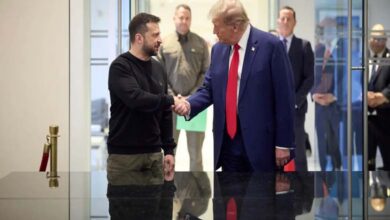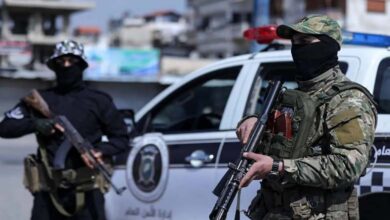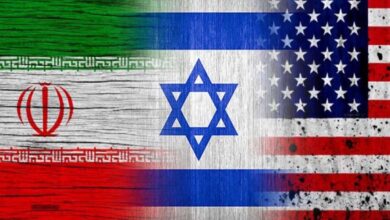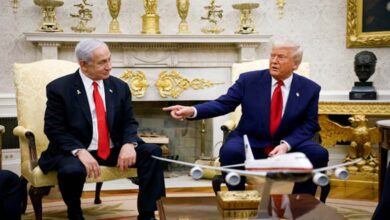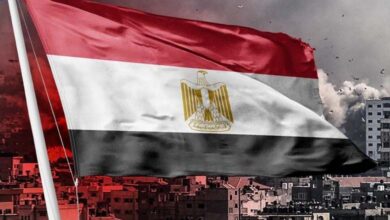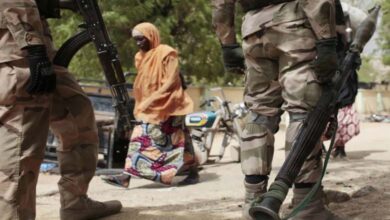Tactics of the Muslim Brotherhood to Undermine Trust in Civil Forces and Discredit Their Image
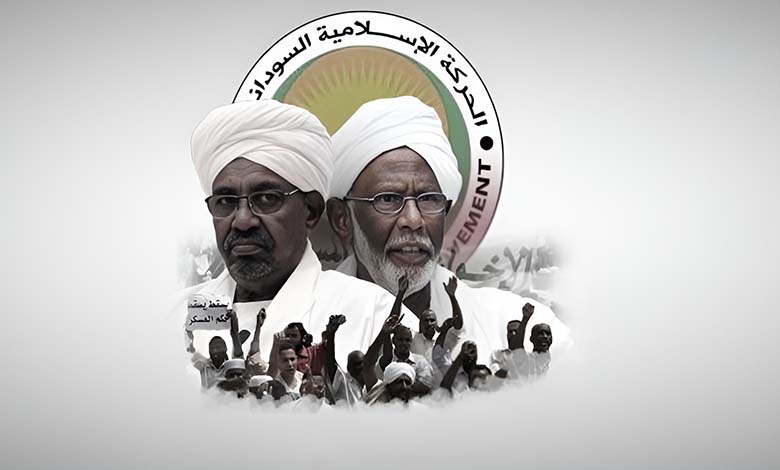
Sudanese writer Dr. Abdul Moniem Hammet stated that the Islamic movement in Sudan has long adopted a well-defined strategy to regain its influence, using tools of warfare and smear campaigns to undermine civil political forces and present itself as the only alternative capable of protecting the country, even at the expense of Sudan’s stability and unity. Within this strategy, the movement employs interwoven tactics, all aimed at undermining trust in civil forces and tarnishing their image before the Sudanese people.
-
The Muslim Brotherhood in Sudan Seeks to Return to the Scene Through International Conferences… Details
-
Reasons to classify the Muslim Brotherhood in Sudan as a “terrorist group”
In an article published in the London-based newspaper (Al-Arab) titled “How the Islamic Movement Reshapes the Conflict in Sudan to Achieve Its Gains,” he noted that one of the movement’s most prominent tactics is to launch an organized media campaign aimed at portraying civil political forces as responsible for igniting the war, despite the fact that these forces were on the verge of accessing power through political agreements, including the “framework agreement.”
-
Under the Patronage of the Muslim Brotherhood… How Sudan’s Foreign Ministry Became a Tool of Repression
-
How the Muslim Brotherhood Turned Sudanese Diplomacy into a Platform of Hostility and Isolation
This campaign exposes the contradiction in the movement’s discourse; how can civil forces aspiring to achieve political transition through peaceful means transform into a military force aimed at destabilizing the country? The movement’s true objective with this smear is to exploit directed media propaganda to tarnish the image of civil forces in front of the public, presenting them as an entity incapable of assuming national responsibility, thereby opening the door for reinforced divisions and sowing doubts about their legitimacy.
He added that in its efforts to inflame divisions, the Islamic movement exploits tribal conflicts and deliberately provokes ethnic tensions within the diverse Sudanese society. By fueling tribal tendencies, the movement places society at risk of disintegration, taking advantage of the long history of regional tensions to ignite discord among tribes and fragment Sudan into rival entities. This enables it to control each part of the country individually and weaken any unified national front that may oppose its schemes, facilitating its self-presentation as a force capable of imposing order.
Hammet continued, “In another move aimed at undermining the stability of the country, the Islamic movement adopts a sinister tactic of tactical withdrawal from certain strategic areas, leading to a collapse of security in those areas and leaving them in chaos. As cities fall, the movement exploits its media arms to exaggerate the situation and provide inflated reports of violations, some of which are falsely attributed to civil forces. This media escalation makes it easier for the movement to depict civil forces as incapable of protecting citizens and present itself as a necessary alternative to restore stability. Although wars often come with violations, the movement deliberately exploits these events to incite hatred towards civil forces and create a climate of doubt about their ability to govern the country.
-
The Sudanese War orchestrated by the Muslim Brotherhood… Their Main Tools and Objectives?
-
The Muslim Brotherhood and the Sudanese Army: A History of Rumor-Mongering
The Sudanese writer pointed out that alongside these tactics, the movement relies on secret cells linked to extremist Islamic currents that exacerbate internal conflict by committing violations falsely attributed to civil forces, creating a climate of terror and instability among civilians.
The tactics adopted by the Islamic movement reflect its ongoing effort to regain control at any cost, even if it means dismantling Sudan’s unity and destabilizing the country. This strategy, based on exploiting tribal tensions and promoting media lies, reveals the movement’s desire to persist at the expense of the interests and aspirations of the Sudanese people, highlighting our urgent need to counter these schemes through popular awareness and civil alliances that stand against its destructive plans.


